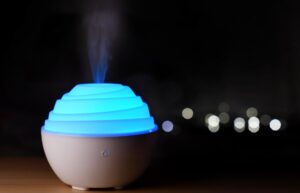The world of essential oils is as captivating as it is beneficial, offering users a myriad of plant-powered aromas that promote relaxation, emotional balance, and overall well-being. For parents and caregivers, introducing these natural oils to children come with an added responsibility to ensure the safety and well-being of little ones. Children, with their delicate systems and developing bodies, require a more sensitive approach to essential oil usage.
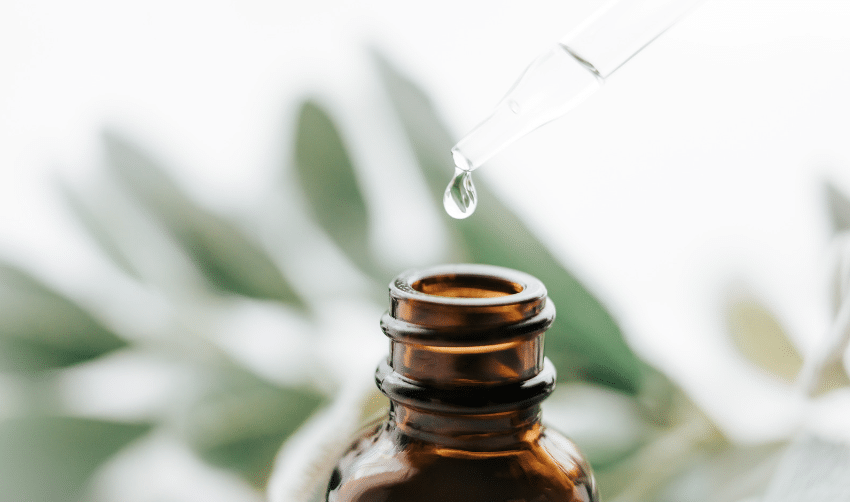
In this guide, we’ll explore the art of using kid-safe essential oils, shedding light on which oils are appropriate and safe for children, their benefits, and the imperative reasons behind their distinct usage requirements. Moreover, we’ll navigate the realm of commonly favored oils, emphasizing the ones that, while potentially beneficial for adults, should be avoided when it comes to children’s well-being.
Kid-Safe Essential Oils List
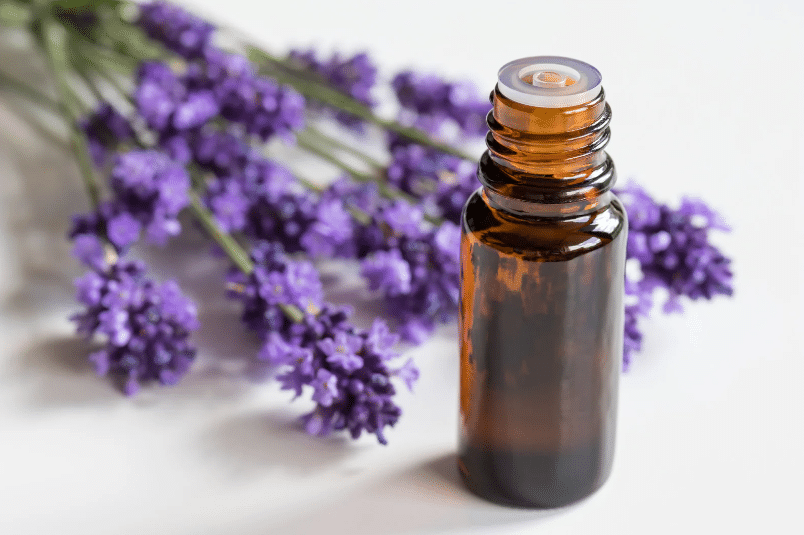
Lavender: Cherished for its soothing and calming properties, lavender essential oil is a kid-friendly option that can help promote relaxation and support better sleep naturally.
Chamomile: Both Roman and German chamomile essential oils are gentle enough for use with kids. They have been known to help alleviate feelings of anxiety, soothe skin irritations, and aid in digestive discomfort.
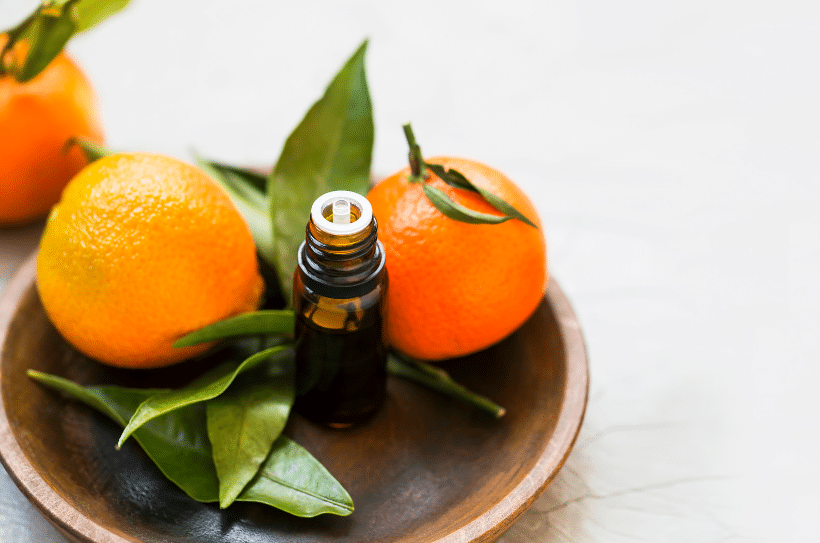
Mandarin: With its sweet, uplifting aroma, mandarin essential oil can help boost mood and create a positive ambiance. Diffusing this oil in a room can help promote relaxation and reduce stress.
Cedarwood: This woody-scented oil is often used to help promote focus and concentration, as well as ease coughs and congestion.
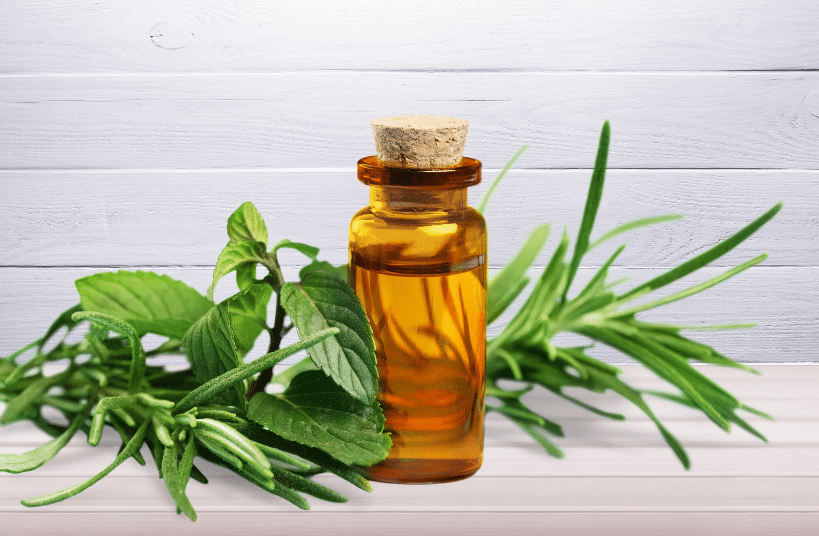
Frankincense: Frankincense oil possesses a grounding aroma that has been known to help with emotional balance and relaxation. It is also used for its potential immune-boosting properties.
Tea Tree: Tea tree oil boasts antiseptic and antibacterial properties, making it a useful natural option for treating minor skin irritations. However, tea tree oil should be heavily diluted when used on children, and completely avoided on babies under 6 months old.
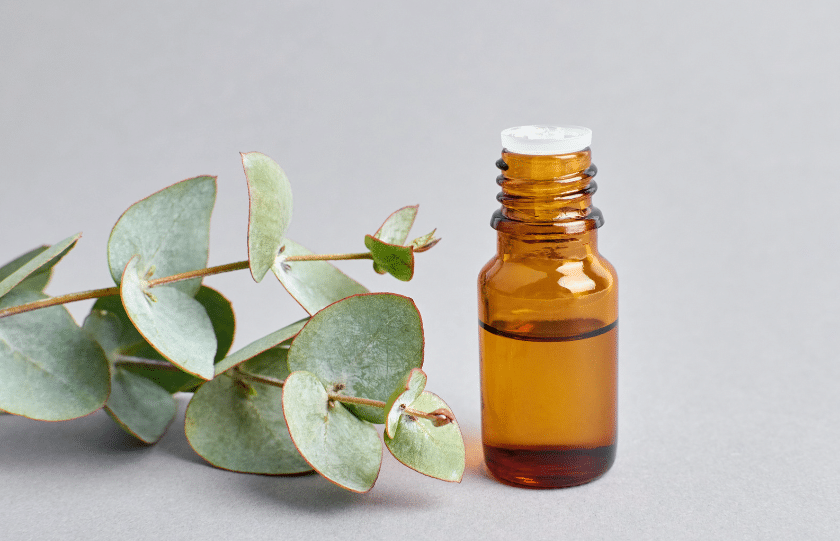
Eucalyptus: A natural expectorant that is a popular go-to for alleviating respiratory congestion, eucalyptus oil is a favored option, particularly during the cold season. However, versions of eucalyptus oil with high eucalyptol content can pose a risk to children’s respiratory systems and should be avoided.
Essential Oils to Avoid with Kids
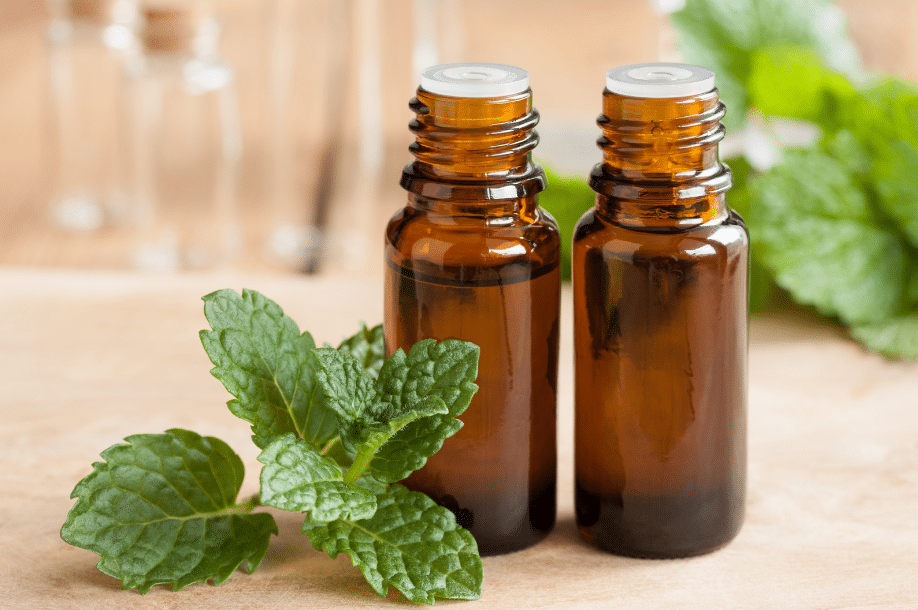
Peppermint: Due to its high levels of menthol, peppermint oil may be too potent for young children and potentially cause breathing difficulties. This powerful oil can also increase the risk of seizures in children under 30 months of age.
Wintergreen: Wintergreen oil contains methyl salicylate, which can be toxic if ingested. As children have a higher risk of accidentally ingesting essential oils, it is best to avoid using this oil altogether.
Rosemary: While this oil is loved for its uplifting aroma, it contains camphor and other compounds that can be overwhelming—and potentially lead to breathing difficulties—when used on children.
Cinnamon: This oil is warm, spicy, and comforting to the senses for many of us adults, but it can be sensitizing to the skin and mucous membranes for children’s delicate skin and respiratory systems.
Oregano: Often used for its antimicrobial properties, oregano oil is highly potent and could potentially irritate children’s skin and respiratory passages.
Safety Tips for Using Essential Oils with Children
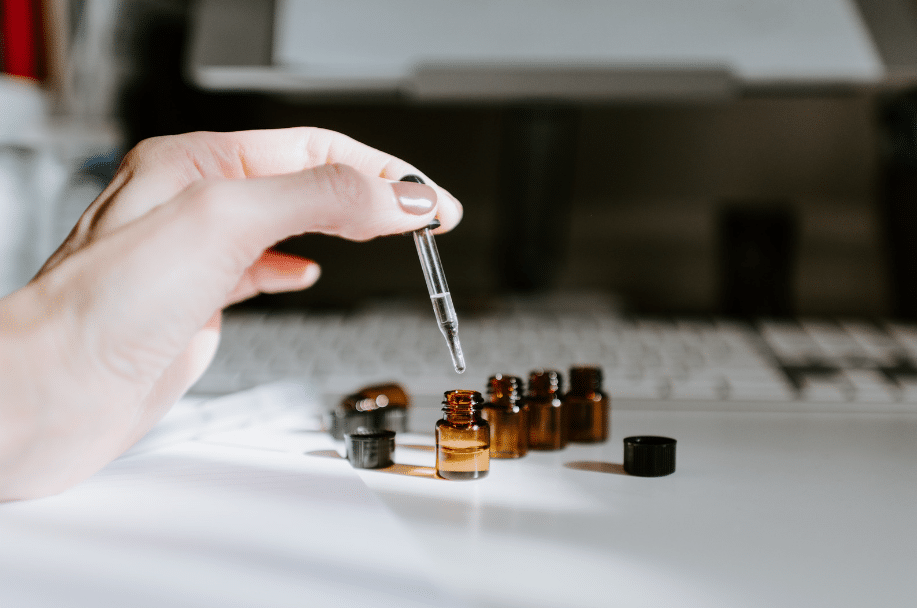
Dilution: Essential oils are highly concentrated substances, and children’s bodies are more sensitive and reactive. That’s why it’s crucial to always dilute essential oils with carrier oils before using them on children and adults alike. Dilution is especially important when dealing with infants and young children, with the National Association for Holistic Aromatherapy (NAHA) recommending a dilution ratio of 0.5 to 1 percent, in contrast to the 2.5 to 10 percent dilution for adults. More importantly, the American Association of Naturopathic Physicians advises against using essential oils on infants below 3 months of age altogether.
Patch Test: It’s important to note that even diluted kid-safe essential oils have the potential to cause skin irritation and sun sensitivity. That’s why you should always perform a patch test on a small area of the child’s skin to check for any adverse reactions before applying an essential oil blend to a larger area.
Avoid Ingestion: When using essential oils around children, always monitor them diligently to prevent accidental ingestion or direct exposure to the skin. Ingesting essential oils can be toxic and could potentially lead to health complications like stomach pain, vomiting, seizures, or even death.
Consult a Professional: Particularly if your child has any underlying health conditions or is taking medication, always consult a pediatrician or qualified professional before using essential oils in any way. Pregnant individuals should also speak with their doctor before incorporating essential oils into their routine.
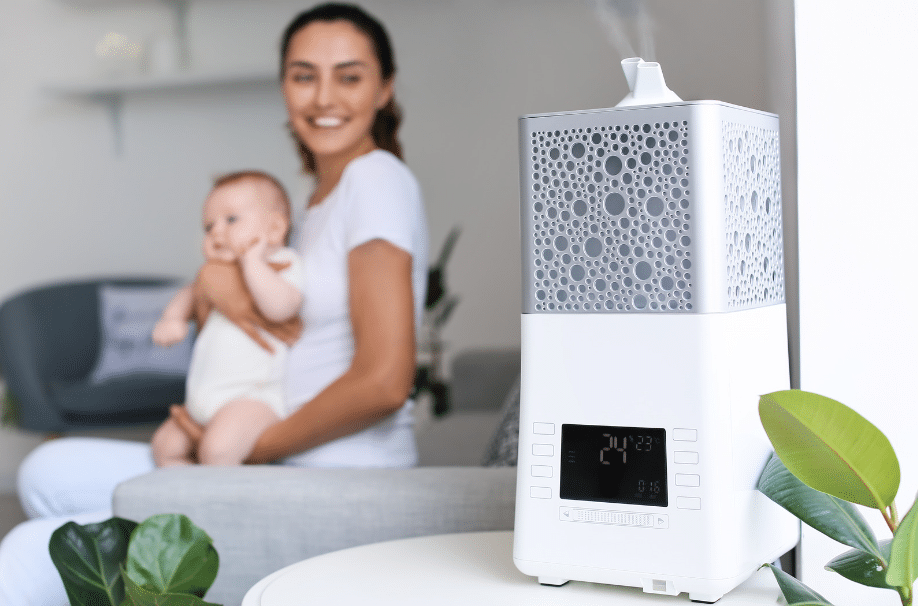
Using essential oils with kids can offer a range of benefits when used cautiously and safely. From promoting relaxation to supporting their overall well-being, certain oils can be a wonderful natural remedy in specific situations. By following guidelines, doing your due diligence, and prioritizing the use of kid-safe essential oils, you can create a nurturing environment that harnesses the power of aromatherapy while ensuring the safety and health of children.




